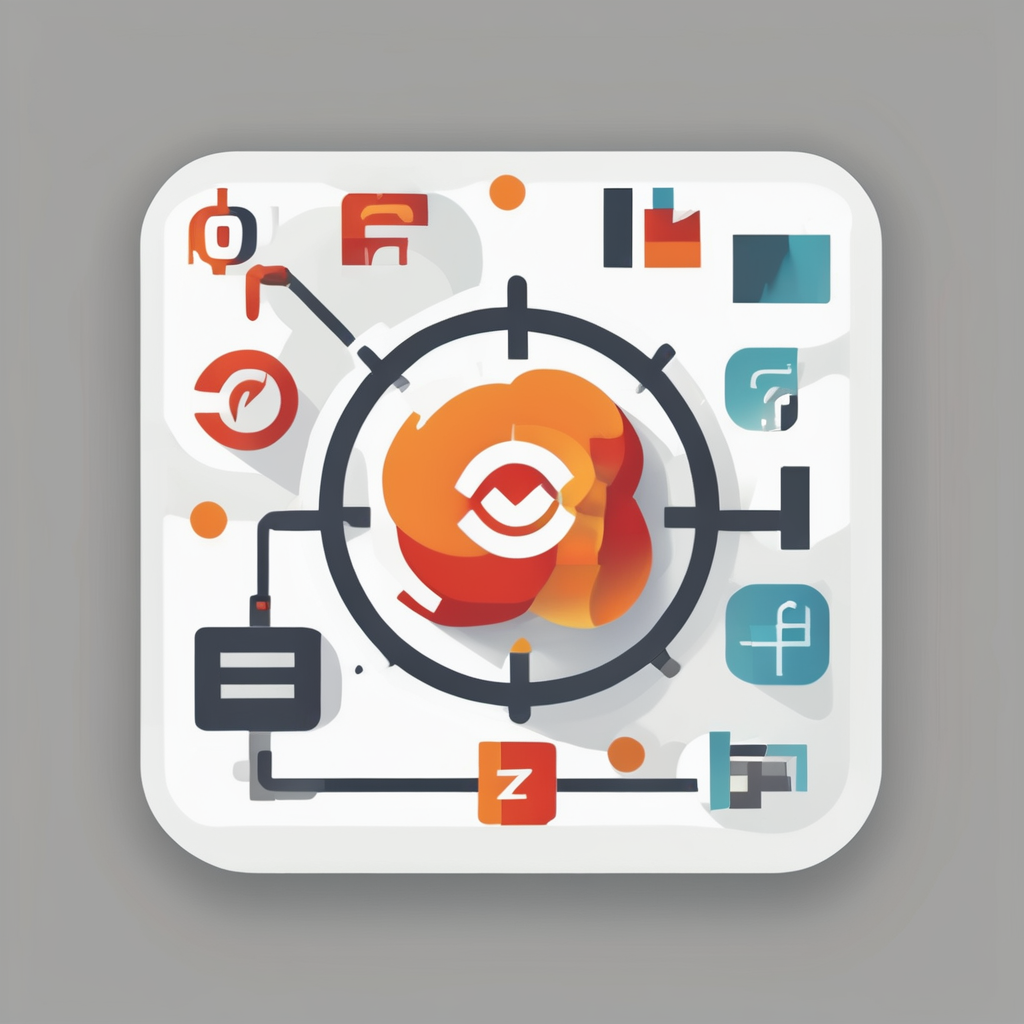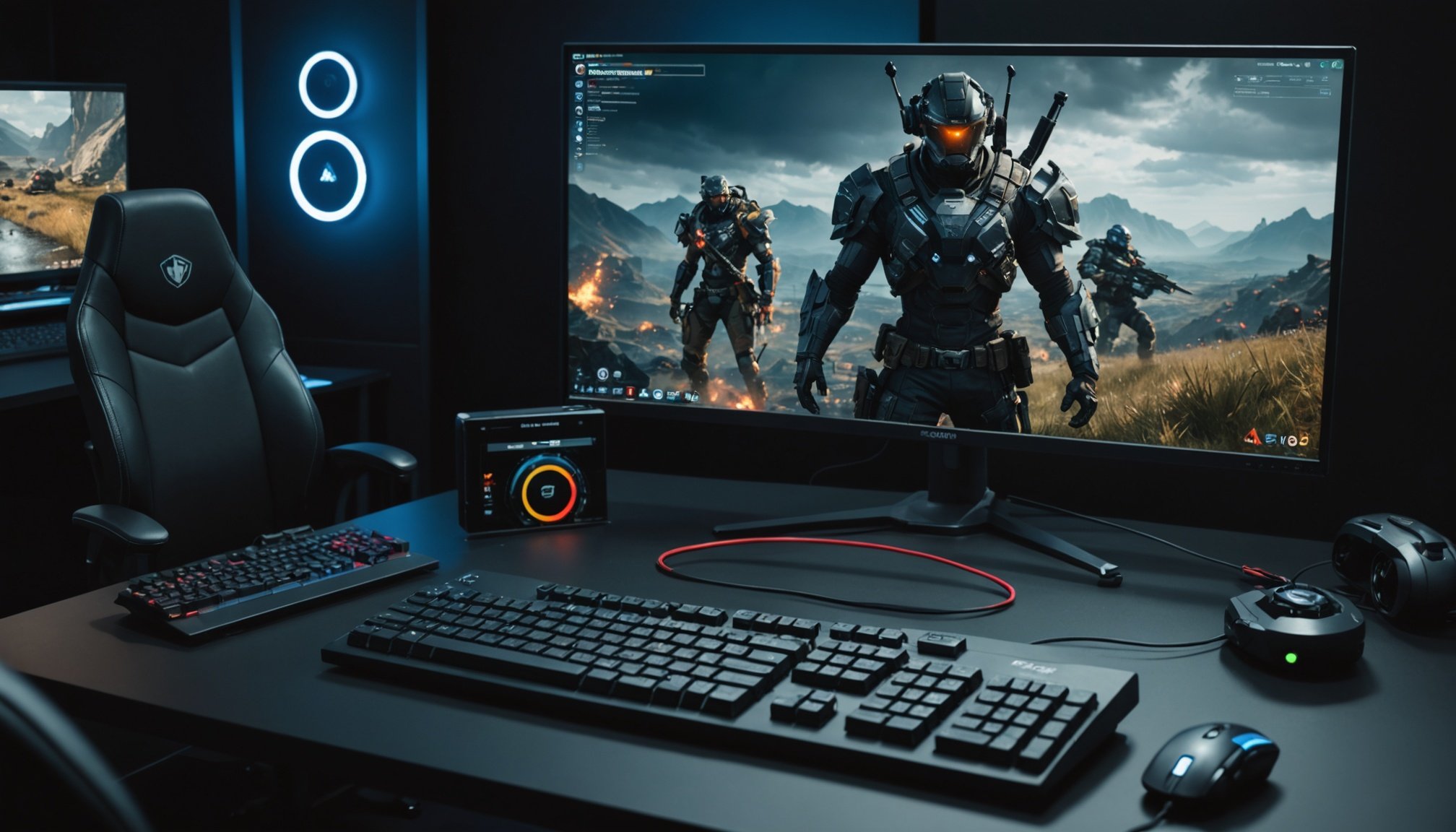Overview of Gaming Hardware Monitoring
Gaming hardware monitoring plays a pivotal role in ensuring optimal performance for enthusiasts and professionals alike. By keeping a close watch on key performance metrics, users can maintain their system’s efficiency and health. These metrics typically include CPU, GPU, and RAM usage, offering insights into how resources are allocated and consumed during intense gaming sessions.
Monitoring your gaming hardware can help detect and troubleshoot problems early, preventing potential damage and maintaining a smooth gaming experience. By analyzing real-time data, users can address bottlenecks and adjust settings to enhance the overall gaming experience. Real-time insights facilitate adjustments that mitigate overheating and optimize resource usage, preventing hardware failures.
Also to see : Key factors to evaluate when selecting the perfect gaming mouse
Effective monitoring of gaming hardware provides several benefits:
- Enhanced gaming performance: By understanding system capabilities, users can tweak their gameplay settings for better visuals and faster loading times.
- Informed decision-making: Knowing when to upgrade or replace components becomes easier with detailed performance data.
- Proactive maintenance: Regular monitoring helps in identifying trends, such as declining performance, which may indicate the need for maintenance or upgrades.
Understanding these components and their status empowers gamers to optimize their setup and enjoy a seamless gaming environment.
Topic to read : Master the art of budget-friendly gaming: tips to avoid overspending on gear
Top Performance Monitoring Tools
When exploring performance monitoring tools, a key player in the realm of gaming optimization is MSI Afterburner. This tool is prized for its comprehensive dashboard, which displays metrics such as GPU temperature, memory usage, and fan speed. Users appreciate the customization options that allow tailored monitoring experiences. Installation is generally straightforward: download the software from the official MSI website and follow the setup prompts. However, some users find its interface slightly complex initially.
Another robust option is HWMonitor. Known for its clarity and no-frills interface, HWMonitor excels in tracking essential metrics like CPU temperature, voltage, and fan speeds. It receives high ratings for its accuracy and simplicity, making it ideal for users who prefer straightforward monitoring. Compatible with Windows, the installation process mirrors standard software setups, offering an easy-to-follow experience.
For those focused on gaming benchmarks, Fraps is indispensable. It specializes in frame rate tracking and offers benchmarking capabilities for avid gamers. Users acclaim its efficiency but note that its free version is limited in functionality. Installing Fraps is as simple as downloading it and running through the setup wizard, though configurations may require a bit of tinkering for optimal results.
Enhancing Gaming Performance with Monitoring Tools
When it comes to gaming performance enhancement, monitoring tools are invaluable. These tools enable system optimization by providing real-time insights that guide proactive adjustments. Users can resolve potential issues before they lead to hardware overheating and failures, which ensures long-term benefits for system health.
Monitoring tools track essential metrics like CPU and GPU temperatures, RAM usage, and fan speeds, allowing users to identify and address bottlenecks effectively. By examining these performance metrics, gamers can make informed adjustments—such as optimizing frame rates or adjusting graphical settings—to match their system’s capabilities. This leads to smoother gameplay and a visually enhanced experience.
Hardware management through monitoring empowers users to detect anomalies early, preventing costly repairs or replacements. By regularly monitoring their systems, gamers can maintain consistent performance ratings and extend their hardware’s lifespan. Additionally, these tools allow for customized alerts, ensuring users are immediately informed about crucial performance dips or spikes, which aids in swift troubleshooting.
In summary, the role of monitoring in gaming performance is pivotal. It provides the data needed to make critical adjustments, fostering an optimized and seamless gaming environment.
Frequently Asked Questions about Hardware Monitoring
Hardware monitoring is vital for ensuring your gaming setup runs smoothly. Below are some hardware monitoring FAQs addressing common challenges and best practices.
Common Issues and Solutions When Using Monitoring Tools
A prevalent issue is inaccurate performance metrics. High precision is critical. Often, reinstalling or updating the tool resolves discrepancies. Users also encounter compatibility hiccups. Ensuring software aligns with your system version can prevent installation failures. If a tool causes lag, adjusting its settings to track fewer metrics may enhance system performance.
Best Practices for Monitoring System Performance
To effectively monitor your system performance, begin by setting customized alerts for critical thresholds like CPU and GPU temperatures. Regularly check for software updates, ensuring your monitoring tools provide the most accurate and up-to-date data. Additionally, avoid running too many background processes, as they can skew the metrics and affect accuracy.
Resources for Further Information and Support
For further assistance, refer to user forums, where many share their troubleshooting experiences. Manufacturer websites often offer FAQs and user manuals that can deepen your understanding. Online communities, such as Reddit, are valuable for exchanging tips and solutions with fellow gamers facing similar hardware monitoring challenges.
Comparison of Performance Monitoring Tools
Selecting the right performance monitoring tools can significantly enhance your gaming experience. By comparing their features and metrics, users can make informed decisions. A summarized table often clarifies which tool suits specific needs by highlighting key functionalities like user interface ease, metric accuracy, and customizability.
User Preferences and Recommendations
Users generally appreciate tools that excel in gaming optimization. For instance, those seeking detailed CPU analytics may gravitate towards CPU-Z, praised for its extensive insights. Meanwhile, MSI Afterburner appeals to gamers focused on GPU performance, thanks to its comprehensive dashboard. Additionally, the simplicity and clarity of HWMonitor are favoured among users who prefer less complexity.
Highlighting Strengths
Each tool shines in different performance areas. MSI Afterburner is noted for GPU monitoring excellence, while CPU-Z excels in detailed CPU information. Open Hardware Monitor, being open-source, offers broad compatibility and flexibility, which many tech-savvy users prefer.
Ultimately, the choice depends on personal priorities—whether accuracy, ease of use, or specific hardware focus. By weighing these factors, users can select tools that align with their gaming goals, ensuring both system health and enhanced performance.











